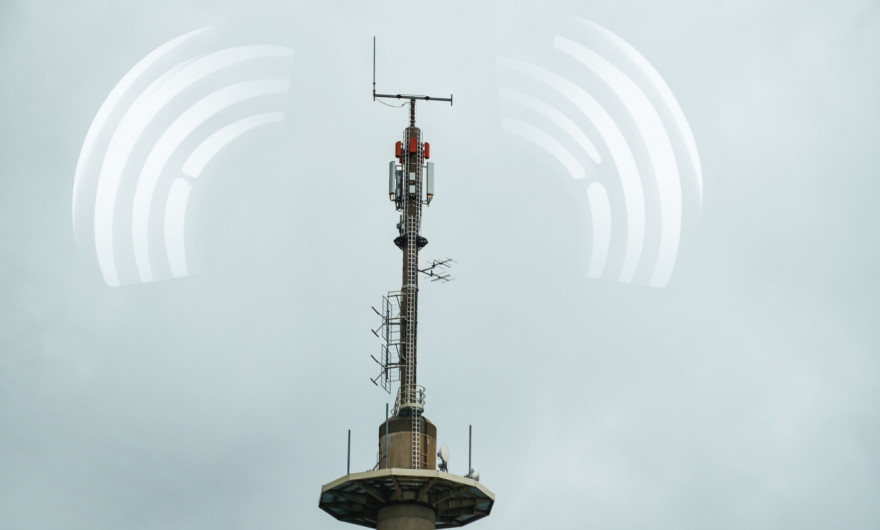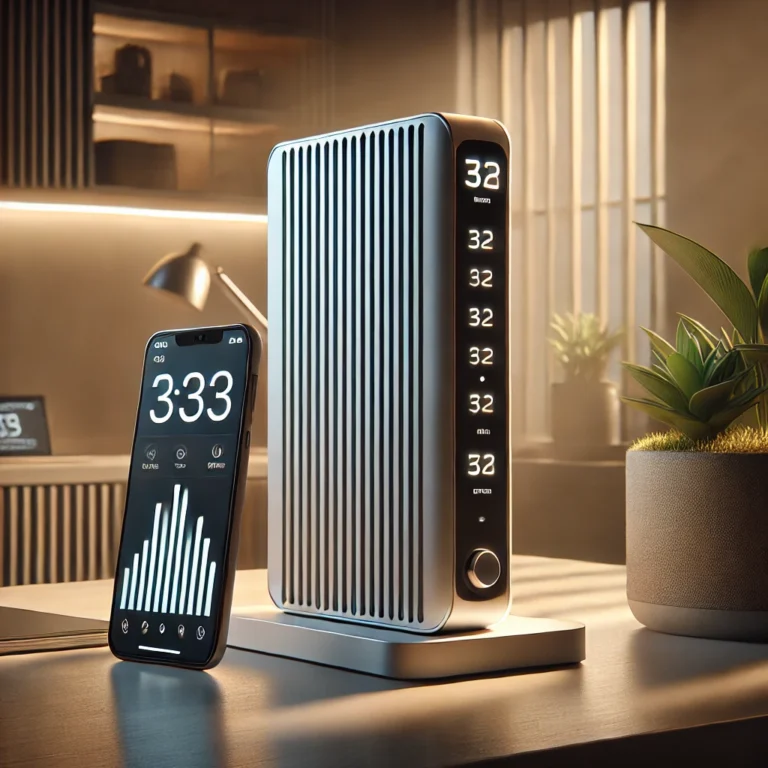In the age of digital communication, keeping reliable cell phone reception is crucial for both personal and business activity. Yet, many users encounter poor reception in specific places, which leads to dropped calls, delayed data, and unpredictable service. One popular solution is the cell phone signal booster, a gadget designed to enhance weak cellular signals and increase overall connectivity.
However, despite their expanding popularity, there are some myths and misconceptions concerning cell phone signal boosters. In this essay, we will separate fact from fiction and clarify whether these gadgets work and how they might improve your mobile experience.
What is a cell phone signal booster?
A cell phone signal booster is a system that amplifies weak cell phone signals to improve reception in a specific area, such as a home, office, or vehicle. These boosters work by capturing an existing weak signal from the nearest cell tower, amplifying it, and then rebroadcasting the stronger signal to mobile devices within the coverage area. The result is clearer voice calls, faster data speeds, and more reliable connectivity.
However, to determine whether these devices work, it’s important to address some common myths about their functionality.
Myth 1: Signal Boosters Create a New Signal
Fact: Signal boosters do not create a new cell phone signal from scratch. Instead, they amplify the existing signal that’s already present in the area, even if it’s weak. The booster captures this weak signal using an external antenna, enhances its strength through an amplifier, and rebroadcasts it via an internal antenna.
This means that a booster can only work if there is some level of signal to amplify in the first place. If you are in a complete “dead zone” with no detectable signal from any cell tower, a signal booster will not be able to help. The device relies on the availability of at least a minimal signal to function effectively.
Myth 2: More Bars on Your Phone Means a Signal Booster is Working
Fact: While seeing more bars on your phone after installing a booster can be an indicator of better reception, it’s not the most accurate way to measure signal improvement. The number of bars displayed on a cell phone is not standardised across all devices and carriers, meaning it’s a subjective measure that can vary from one phone to another.
A more accurate way to measure your signal improvement is by using decibel-milliwatts (dBm), a unit that quantifies signal strength. A signal strength closer to -50 dBm is considered excellent, while anything below -100 dBm is weak. After installing a signal booster, you can measure your dBm levels to see whether the signal has improved.
Myth 3: Signal Boosters Only Improve Voice Calls
Fact: Signal boosters do not just improve voice calls; they also enhance data performance. A booster strengthens the signal for both voice and data services, meaning you can experience faster download and upload speeds, reduced latency, and more reliable internet browsing and video streaming.
Signal boosters are especially helpful for people who rely on mobile data for work or personal use, providing a smoother and more consistent data experience even in areas with poor reception.
Myth 4: Boosters Cause Interference with Cell Towers
Fact: Modern, FCC-approved signal boosters are designed to prevent interference with cell towers. In the past, poorly regulated or illegally sold boosters could interfere with nearby towers by broadcasting signals too strongly or on the wrong frequencies.
However, current regulations ensure that consumer signal boosters are safe and comply with strict guidelines set by the Federal Communications Commission (FCC). These boosters are designed to amplify signals without disrupting network performance, and they must be registered with the cellular provider. As long as you are using a certified booster, interference should not be an issue.
Myth 5: Signal Boosters Work Even in Completely Isolated Areas
Fact: A common misconception is that a signal booster can work in any location, even in the most remote or isolated areas. The truth is that signal boosters require an existing signal—no matter how weak it may be—to amplify.
If you’re in a complete dead zone where no cellular signal can be detected at all, a booster won’t be able to help because there’s nothing for it to amplify. However, if there’s at least a faint signal, a signal booster can significantly improve it, making a previously unusable signal strong enough for reliable calls and data usage.
Myth 6: Signal Boosters are Illegal to Use
Fact: Signal boosters are legal as long as they are FCC-certified and registered with your carrier. Some confusion stems from the fact that certain non-certified or outdated boosters have been banned due to their potential to interfere with cellular networks. However, all modern boosters sold in the U.S. are certified and meet regulatory requirements, making them perfectly legal to use.
If you purchase a booster, ensure that it is FCC-certified and follow the instructions for registration with your carrier to remain compliant with the law.

How Signal Boosters Really Work
Now that we’ve addressed the common myths, let’s take a closer look at how signal boosters work and what you can expect from them in practice.
1. Capture Existing Signal
The booster’s external antenna is typically mounted outside a building or on a vehicle and is used to capture the existing signal from the nearest cell tower. Even if this signal is weak or inconsistent, the external antenna pulls it in for amplification.
2. Amplify the Signal
Once the external antenna captures the signal, it is sent to the amplifier. The amplifier is the core of the signal booster system and is responsible for boosting the signal strength. Amplifiers are rated based on the gain they provide, measured in decibels (dB). The higher the gain, the more powerful the signal amplification.
3. Rebroadcast the Signal
After the signal is amplified, it is rebroadcast inside the building or vehicle via the internal antenna. This allows mobile devices within range to connect to a stronger signal, resulting in better reception for calls, texts, and data.
The Benefits of Using a Cell Phone Signal Booster
Signal boosters offer several tangible benefits, especially in areas where reception is spotty or inconsistent. Here’s what you can expect:
1. Fewer Dropped Calls
By boosting weak signals, signal boosters greatly reduce the number of dropped calls. This is especially beneficial for individuals living in rural areas or buildings where signal strength is weak due to thick walls or other obstructions.
2. Better Call Quality
A stronger signal means clearer voice calls with less static or interference. Whether you’re making business calls or chatting with family, a signal booster ensures that your voice is heard clearly on the other end.
3. Faster Data Speeds
Signal boosters don’t just enhance voice calls—they also improve data speeds. If you experience slow download and upload speeds or buffering when streaming, a booster can make your mobile internet experience smoother and faster.
4. Increased Battery Life
When your phone has to work hard to maintain a connection with a weak signal, it drains the battery faster. A signal booster allows your phone to maintain a stable connection with less effort, extending your battery life.
5. Extended Coverage
With a properly installed signal booster, you can extend your phone’s coverage to areas that were previously dead zones, ensuring connectivity throughout your home, office, or vehicle.
Do signal boosters really work?
Yes, cell phone signal boosters really work, but their efficacy relies on a few critical conditions. They require an existing signal to magnify, and their performance is impacted by the strength of the external signal, the type of antenna used, and how well the device is built. By refuting common myths and learning the facts, you can make an informed decision about whether a signal booster is the correct answer for your needs.
If you struggle with bad coverage, a signal booster can be a powerful tool to improve your mobile experience, giving clearer calls, faster internet, and more reliable connectivity.


